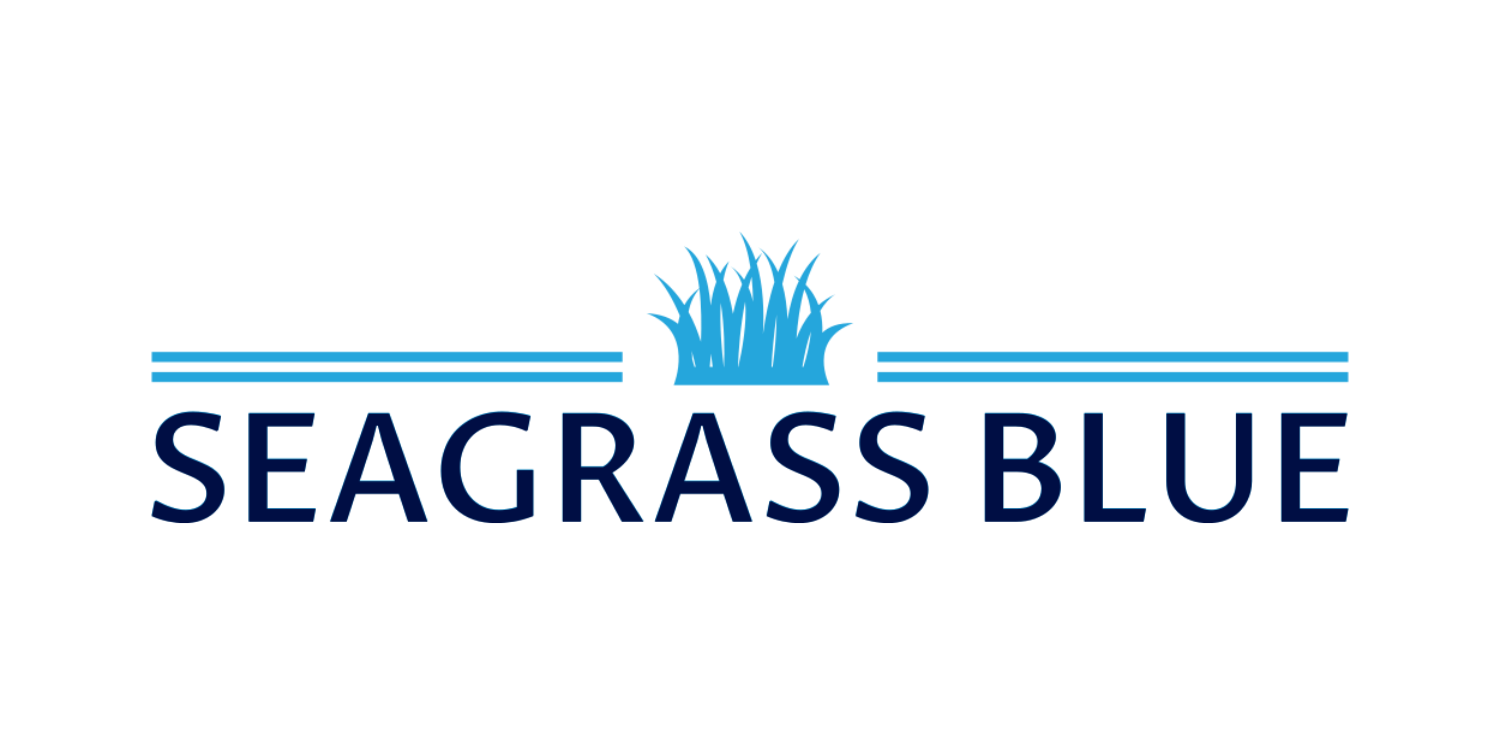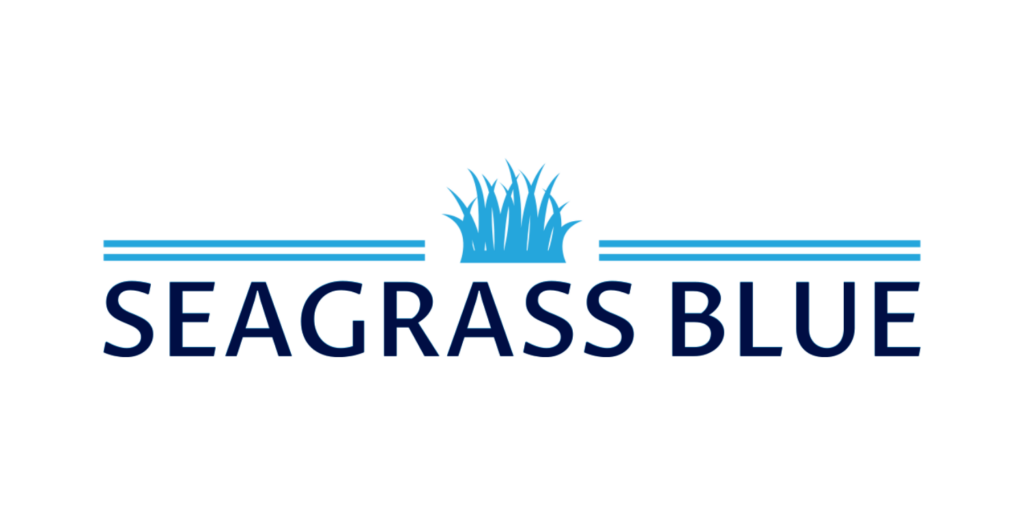offshore seagrass restoration
Redesigning Ocean Restoration for Scale
Floating infrastructure, modular pods, and environmental monitoring: a technology-first approach to offshore seagrass restoration and measurable blue carbon removal.
At Seagrass Blue, we’re engineering a scalable model for restoring seagrass at sea. It’s the first floating seagrass farm in the Mediterranean, and we’re now scaling it to 10 hectares.
The Problem
Rethinking Restoration
29%
des zones connues d'herbiers marins en Méditerranée ont disparu depuis 1879.
Seagrass decline in the Mediterranean threatens fisheries, biodiversity, and Europe’s ability to meet climate goals.
Traditional seagrass restoration projects focus on replanting in shallow coastal zones, where human activity and environmental stress often cause failure.
At Seagrass Blue, we’re shifting restoration into open water, and away from coastal threats.
- Resilient to human impact
- Scalable offshore model
- Aligned with blue carbon goals
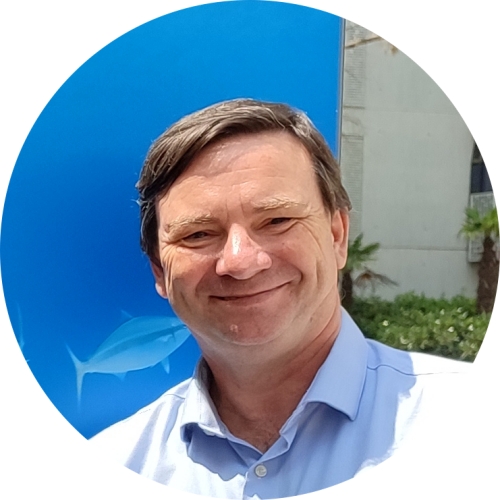
How We’re Doing It
Offshore Seagrass Restoration
At Seagrass Blue, we restore Posidonia oceanica and Cymodocea nodosa, two vital Mediterranean seagrass species, by cultivating them in floating ‘pod’ structures.
Positioned 20 metres underwater and 4 km off the coast of Barcelona, these ‘marine pods’ act as seed trays and give young meadows the best possible start. This approach is…
Easy to monitor
Each pod is equipped with live underwater cameras and sensor systems, providing automated tracking of growth and environmental conditions.
Quantifiable
The system is purpose-built to generate metrics that meet carbon removal and sustainability reporting standards, helping partners track progress toward their climate goals.
Scalable
The modular pod system allows rapid deployment across diverse marine sites, making it easy to replicate and expand restoration efforts where they’re needed most.
Resilient
By farming seagrass away from coastal zones, we reduce failure rates and increase long-term meadow survival—addressing one of the key barriers in restoration today.
By pioneering this approach, Seagrass Blue is not only contributing to marine biodiversity but also offering a scalable solution for companies and governments aiming to achieve blue carbon targets, such as Marine Net Gain and the EU Nature Restoration Law, and net-zero emissions goals.
Blue Carbon Monitoring
Tracking Growth and Impact
To validate our work, we need to measure impact over time. That means underwater visibility, biodiversity analysis, and environmental tracking — all without disturbing the habitat.
That’s why we designed each pod to function as both a habitat and a data hub.
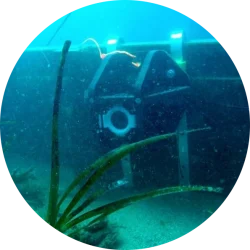
We use tethered monitoring systems co-developed with CatchCam Technologies, and suspended directly beneath the pods.
Each pod acts as a growth platform, enabling early-stage seagrass to root and mature under controlled conditions. It’s equipped with:
- Live underwater cameras for 24/7 visibility, and
- Environmental sensors to track temperature, turbidity, and other variables that influence restoration success.
Project collaborators
Our work is backed by...


Proud receiver of the Technical Assistance Award from EU Missions, alongside the European Commission.
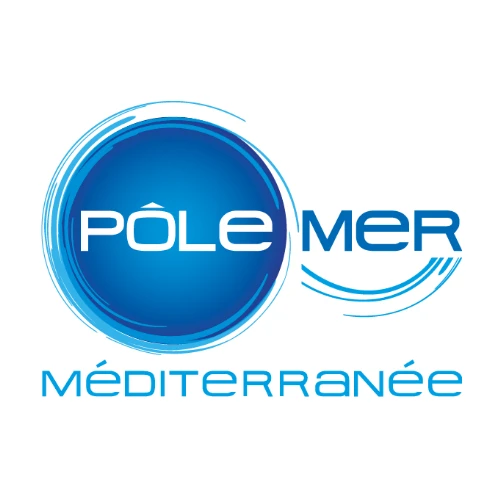
We are a member of Pôle Mer Méditerranée, one of Europe’s top maritime innovation clusters.
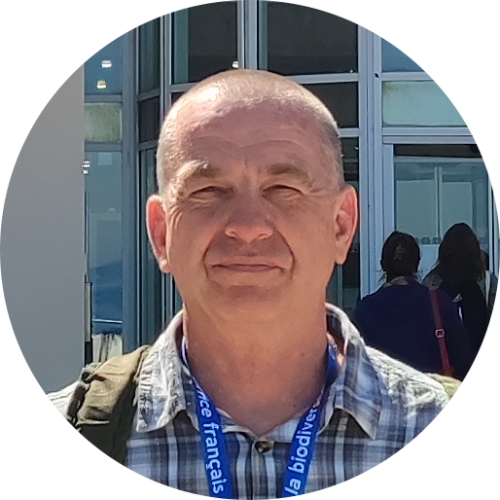
Scalability Roadmap
From Vision to Reality
We’re building the world’s first floating seagrass farm, and we’re moving fast. Here’s how the project has progressed:
1. Secure Initial Funding
With support from the EMSO ERIC Physical Access Program, we developed and deployed our first floating pod prototypes — testing custom growth trays, modular structures, and monitoring systems.
2. Engineering the System
Our first pod is now deployed 4 km off the coast of Barcelona, suspended at 20m depth, and it’s working as designed. The system is stable, supports seagrass growth, and integrates monitoring for biodiversity and environmental conditions.
3. Scaling to 10 Hectares
We’ve validated the system, now we’re scaling up. Restoring 10 hectares of seagrass could remove an estimated 10,000 tonnes of CO₂ over their lifespan and restore vital marine biodiversity.
Each pod is modular, replicable, and designed for deployment across multiple marine sites.
4. Carbon + Biodiversity Impact at Scale
Once fully deployed, our farms will deliver quantifiable blue carbon removal and measurable biodiversity restoration. We’re building the tools to ensure this process is verifiable, science-backed, and aligned with emerging market standards.
Click the link above to access more information about our Partner offers.
in conversation
FAQs
Why grow seagrass on floating farms?
Most traditional seagrass restoration projects happen in shallow, impacted coastal zones.
At Seagrass Blue, we’re testing a new approach: offshore seagrass restoration using floating marine infrastructure, which helps protect seagrass from coastal threats.
Each marine pod acts as seed trays. Suspended underwater, it creates an ideal nursery for early-stage seagrass. As a consequence, we reduce failure rates and improve long-term meadow survival, tackling one of the biggest challenges in marine restoration.
How do you measure carbon removal?
Our system produces:
- Time-stamped visual evidence
- Environmental data from each pod
Together, these metrics form the foundation of our carbon accounting system. It is designed to align with emerging blue carbon standards and, in doing so, provides the evidence needed for long-term carbon impact reporting.
What makes this model scalable?
It’s modular by design. Each pod includes standardised trays, modular infrastructure and integrated remote monitoring. This makes the system easy to deploy and replicate at new marine sites.
What’s next for verification and credits?
We’re actively collaborating with marine scientists, policy partners and certification agencies to develop credible, evidence-based protocols for blue carbon credits.
How can I help save seagrass meadows?
Support science-backed seagrass restoration projects. Whether through funding, advocacy or partnership, your action can help restore these disappearing marine ecosystems.
At Seagrass Blue, we’re currently seeking impact-driven investors, ocean-focused foundations, and corporate partners to help us plant the next 10 hectares of seagrass. Reach out below to join us.
Contact us
Help Us Plant the Next 10 Hectares
We’ve proven the concept, now we are ready to scale.
Whether you’re a company looking to offset emissions, a researcher exploring new technologies, or an individual passionate about ocean health, there’s a place for you in this restoration effort.
